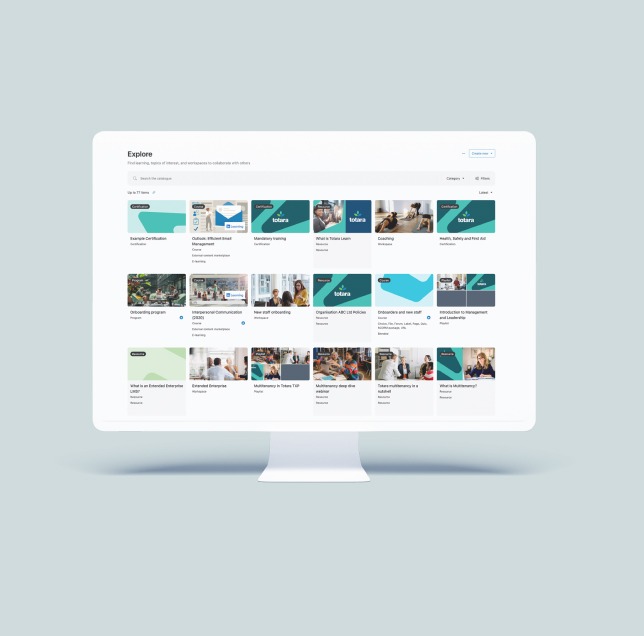Migrating from one learning platform to another can be stressful. Time, budget and scope creep can all send the project off track, meaning it is essential to have a watertight plan of action for the best possible results. If you’ve been putting off switching to a new learning platform, we’ve pulled together 10 best practices to make the process as painless as possible.
1. Change management
Change management and effective communication is usually the most challenging part of any system migration. Stakeholders need to understand the reasons for switching systems and the benefits of the new learning platform, whether this is cost savings, better accessibility, or new and improved features and functionality. Being honest to your stakeholders should earn you the buy-in you need.
2. Project management
To limit surprises around time, costs and availability of people for the duration of the project, think about having a project sponsor and project manager. In particular, ensure you budget appropriate time and resources for the development of design/theming working within your new LMS. It will be expected by your end users that a new system looks ‘new’, so this is the ideal time to refresh the look and feel of the site.
3. Technical engagement
It is vital to liaise early and often with the various internal and external technical suppliers involved in your existing and new learning platform. Your project manager will oversee the entire process, including time frames, budgets, data migration and contractual obligations with both the incoming and outgoing learning platform suppliers to protect you from any nasty surprises further down the line.
4. System integrations
Alert the relevant internal group or vendor early on that a new system is being put in place and, again, check the contractual obligations and estimated time frames and costs associated with re-implementation of any integration. Factor in the relevant time, costs and resources into your migration business and project plan. If your existing LMS is integrated with any other systems like your HR or CRM system ensure you have full technical and functional details and documentation of these systems and integration technology.
5. Course audit
Consider whether some courses could be archived elsewhere or simply deleted. Your migration will take longer with the number of courses transferred across, and the more testing and QA required. Be 100% sure you can archive or delete any courses you choose to exclude from the migration. Remember course completions and Record of Prior Learning (RPL) information may need to be kept for legal and/or long-term reporting reasons.
6. Functionality audit
It will be tempting to assume you need all features carried across, but many developments/add-ons/plugins/features may have been employed on now-depreciated technologies, decisions or workflows. Ensure you conduct a gap analysis.
7. Quality assurance
Testing and QA of user accounts, data and courses following the LMS migration will need to be performed alongside, but separate to, user acceptance testing of the new learning platform. Sufficient time must be allowed for testing, ideally driven by test scripts and efficient bug/issue reporting.
8. Training and support
Providing training is critical when migrating to a new learning platform. Also ensure there is both reactive and proactive support for your end users. This means not only including training for your support team, but also creating a knowledge base or FAQ for the team before roll out so they can confidently offer solutions and advice to users. Undertaking failed login monitoring and creating a robust mechanism for capturing issues and ideas will demonstrate a proactive approach to user support, and help encourage constructive feedback on the new system.
9. System switchover
There are a variety of ways to implement your new learning platform, including:
-An overnight, complete switchover
-A gradual phase out of the old platform and phase in of the new one
-Silently running the two systems in parallel before switching over
Finding the best solution for your organisation comes from a discussion with your outgoing and incoming supplier/vendor/team.
10. Measuring and celebrating success
It’s important that you establish metrics for success prior to the launch of your new LMS. For an LMS migration project, this might include user uptake percentages, improvements in course completions and compliance, increased user satisfaction and improved system performance. Also take a moment to celebrate the success of your new learning platform – you’ve earned it!






